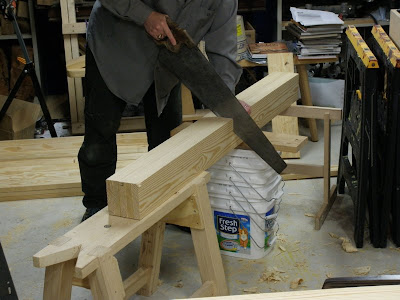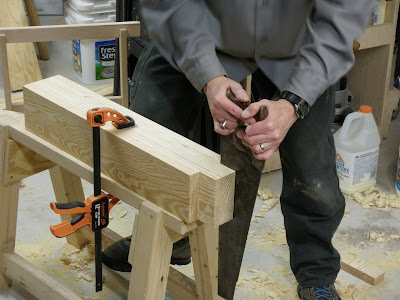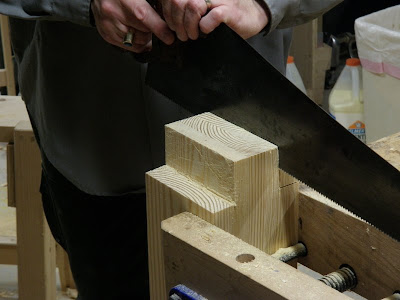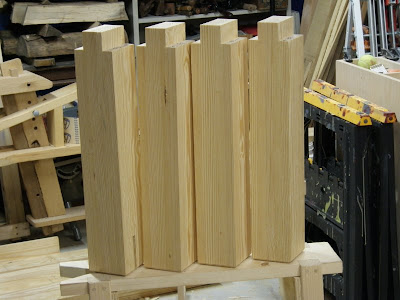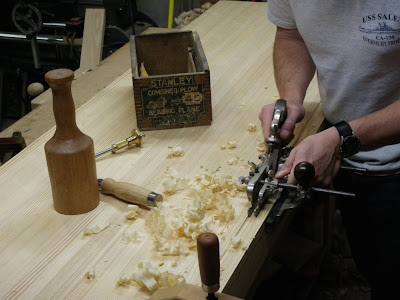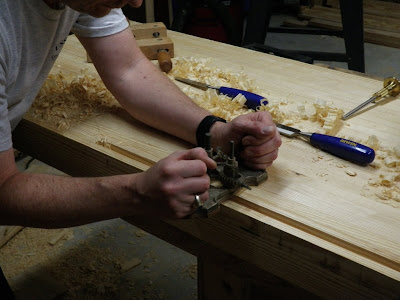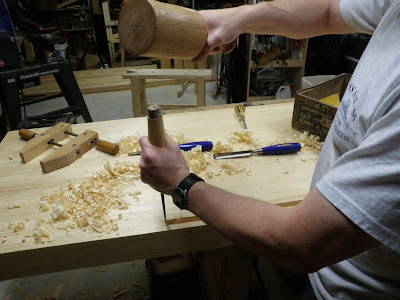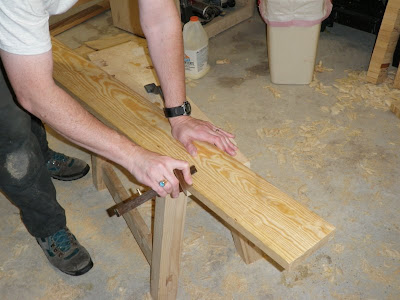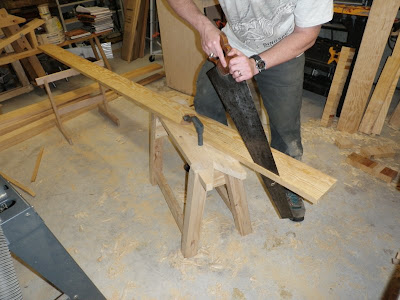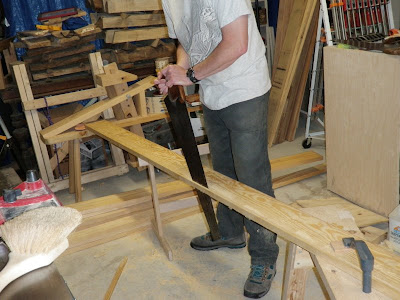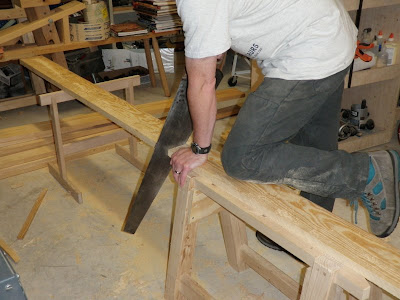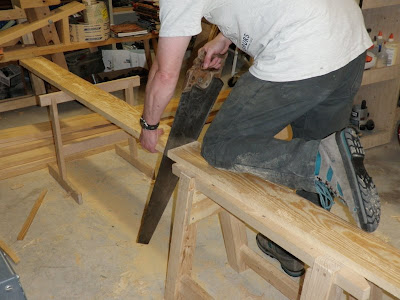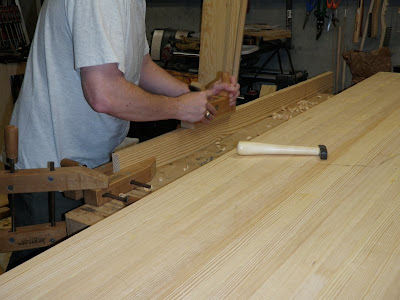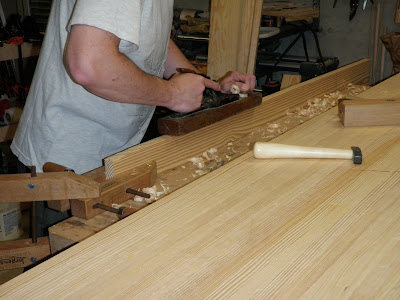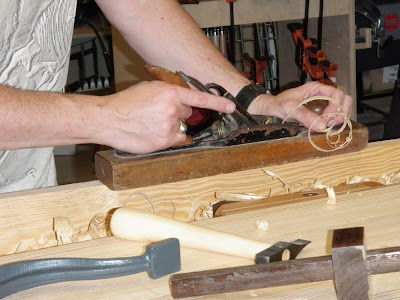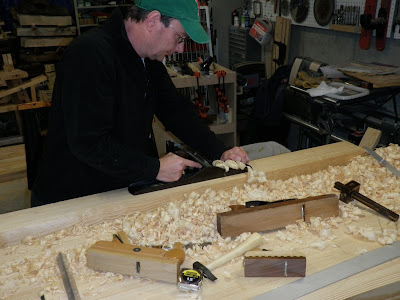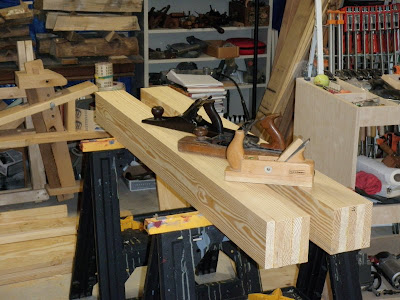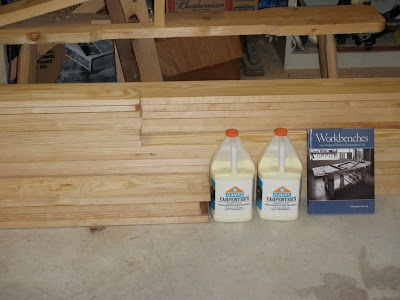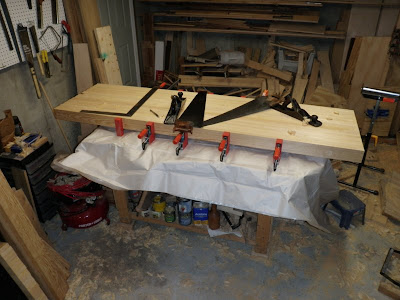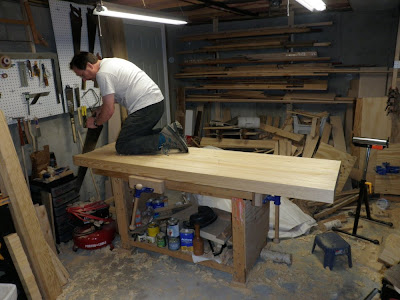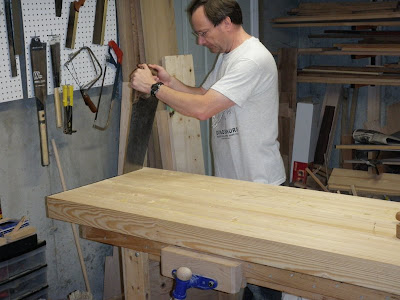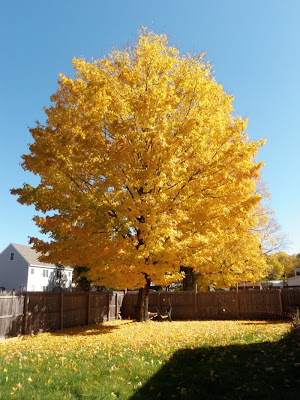
You know how it is. You wake up at 3AM with your mind racing, or you find yourself still awake at midnight, wondering why your software crashed and how you'll cut those dovetails. Or maybe you don't. Probably just as well!
As a hobby, woodworking is an obsession. For years I've watched woodworking shows and bought books and magazines, utterly fascinated, driven to do it, but never actually doing much. I never seemed to have the time, or the money, or the place, or the energy.
I always wanted to be able to do whole projects in marathon stints, start to finish. But real life just doesn't permit that. Work and family responsibilities take precedence. Ambitious projects seemed all the more daunting because of the focused time required.
With age has come patience. The drive to do something in one go has subsided. That only led to frustration, which meant I never did anything. Paradoxically, backing off and doing a little at a time has meant I get much more done. So it takes weeks from start to finish. I'm not working to anyone's schedule.
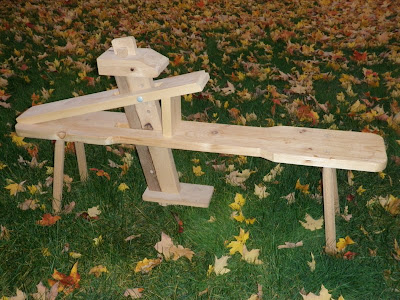
This is one of my first all-hand-tool pieces, a shaving horse from Drew Langsner's Green Woodworking.
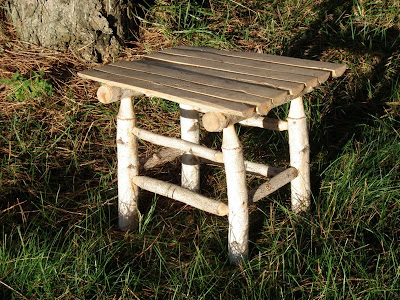
One of the first pieces I did on the shaving horse, a rustic garden side-table.
Over the past several years I've worked on individual skills a bit at a time. It's been like my own personal apprenticeship. A lot of shavings and sawdust, yet almost nothing comes out of the shop. But it has allowed me to hone my patience as well as my skills.
These bowls are some of my practice pieces, experimenting with different species in the fresh-cut green state. These are white birch and cherry.
So now those ambitious projects don't seem so daunting. I'll get there, a little bit at a time. It's like shop class in 9th grade. You get your one-hour time slot a few times a week.
If I can spend an hour on the occasional evening, that's enough to make some progress, and maybe it has to be set aside while the glue dries anyway. On weekends, a couple hours at a time is just right, take a break, enjoy some family time, don't wear myself out and get crabby. And if I don't get as far as I wanted to that day, no big deal. It will be there waiting for later.
That way, no matter how crazy the work and family schedule gets, I still get some time in the shop to appease the obsession.
| Recommended Books |
|---|
 |
